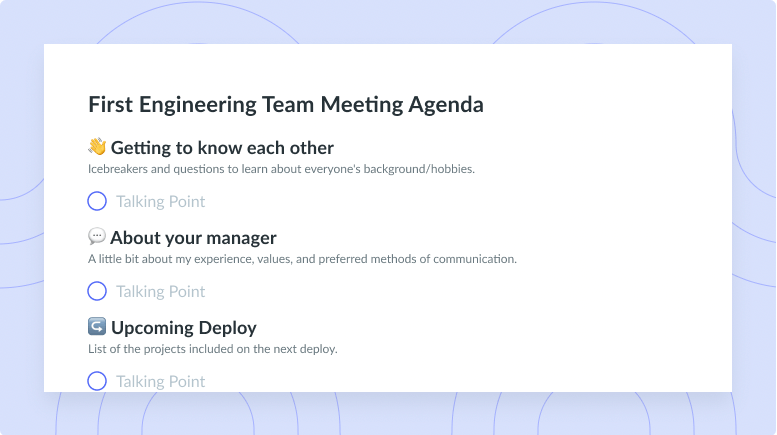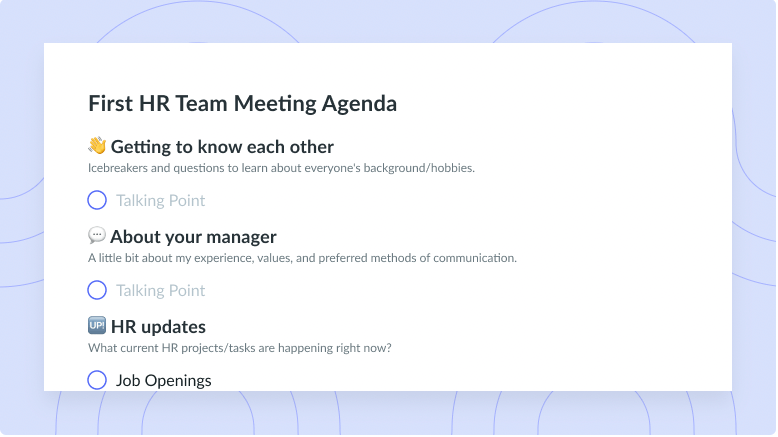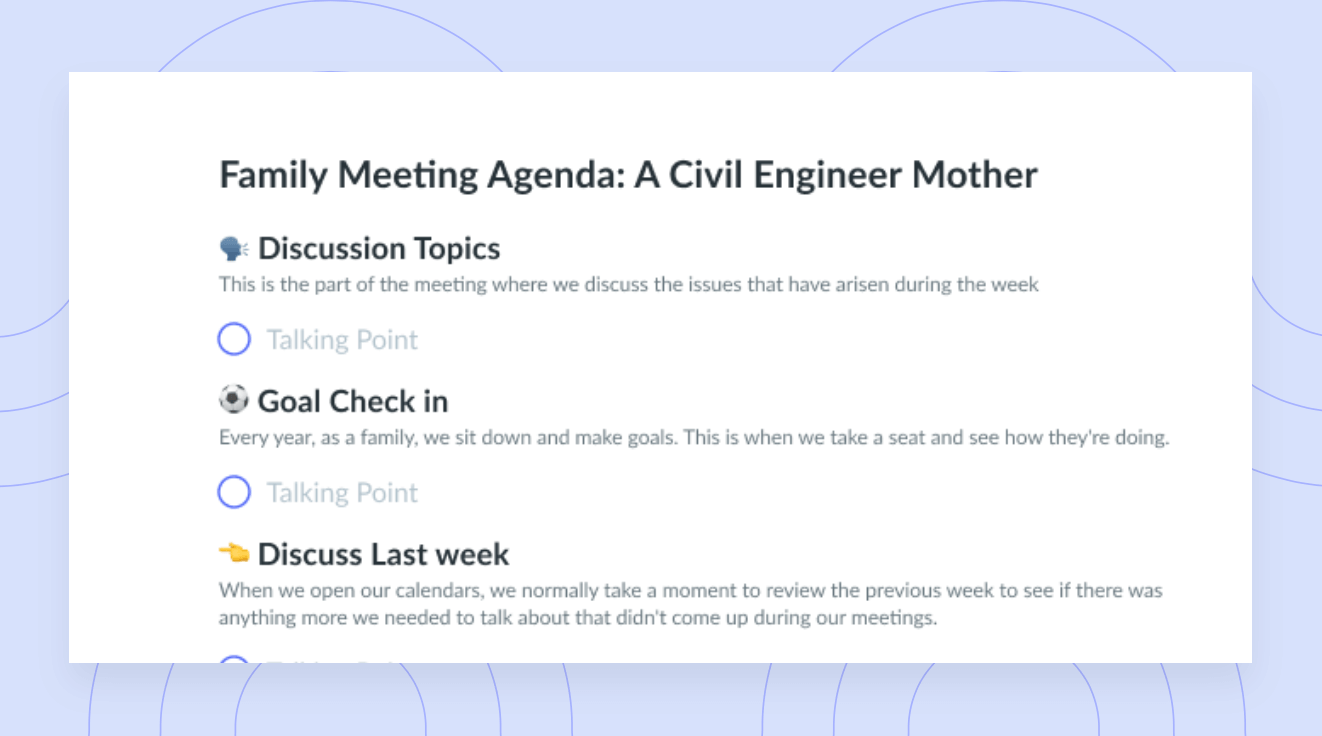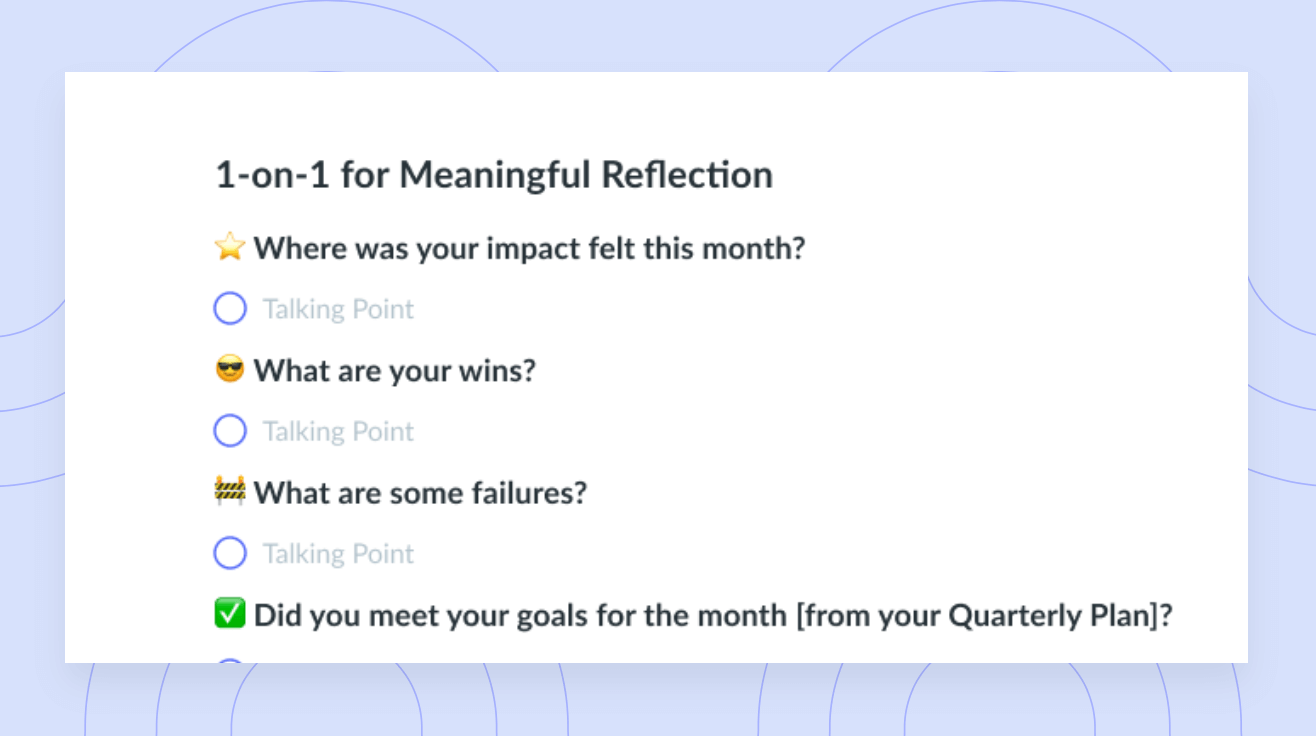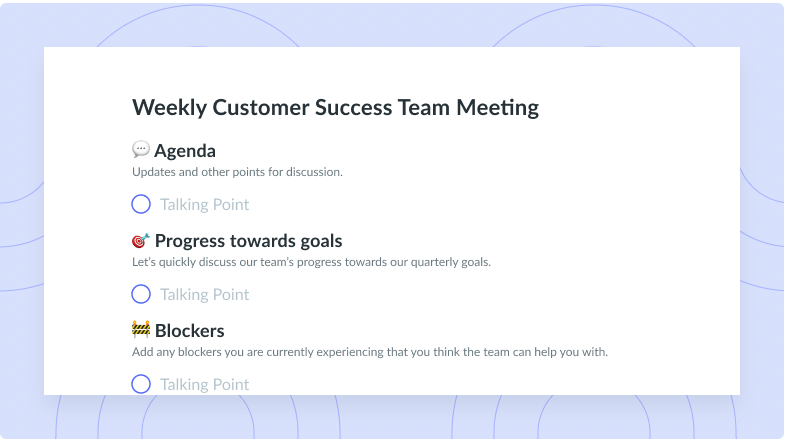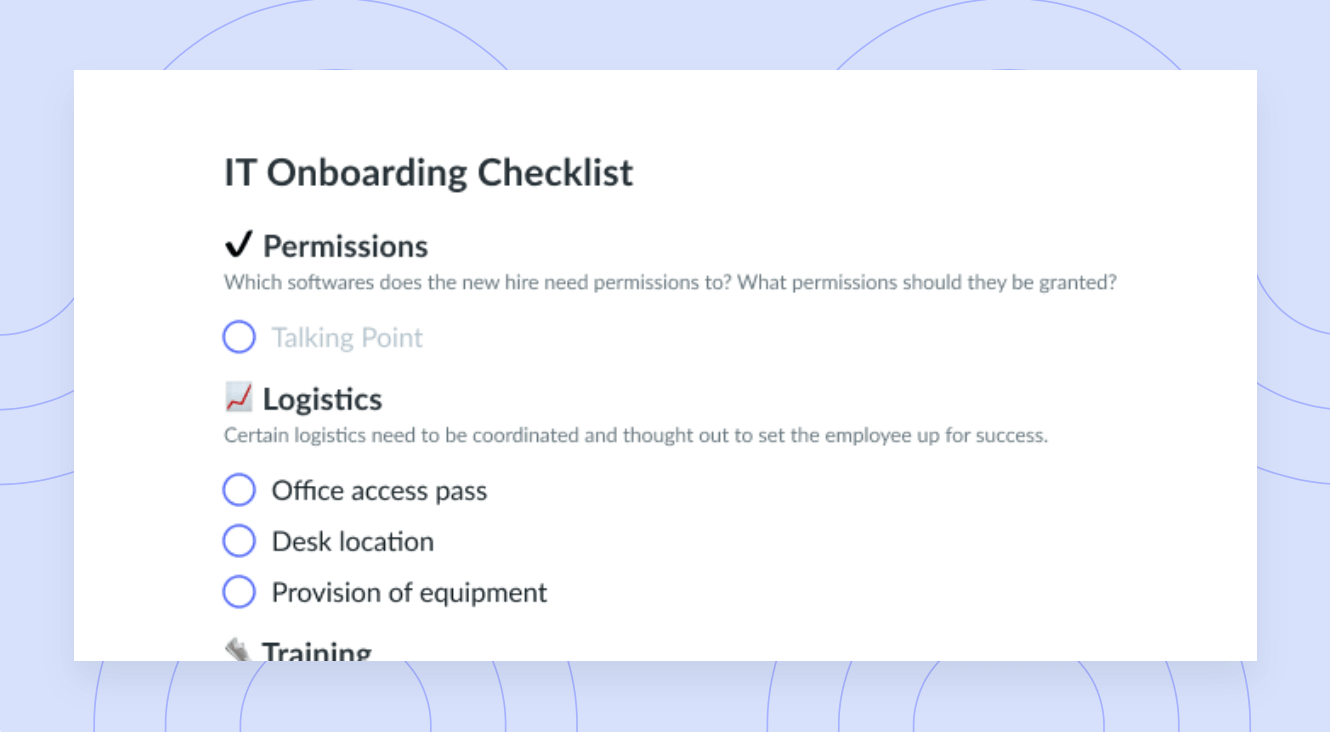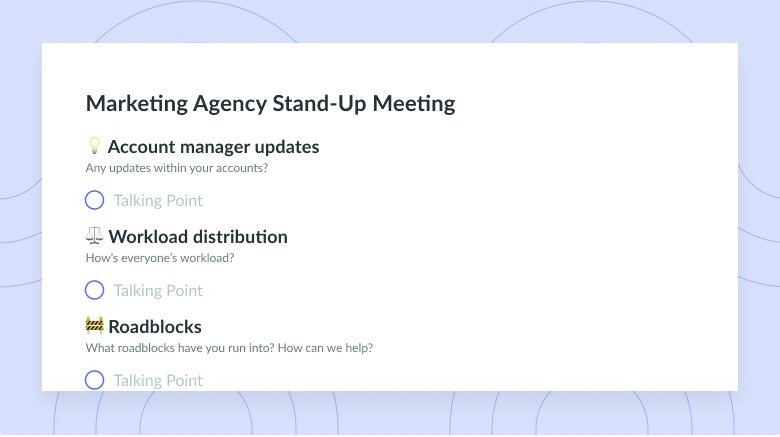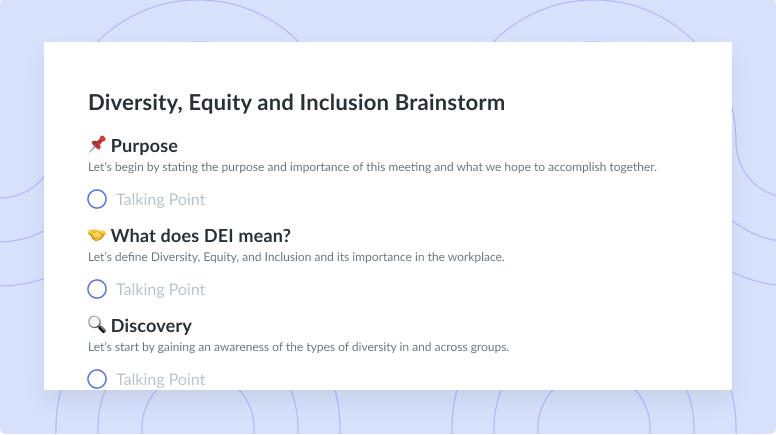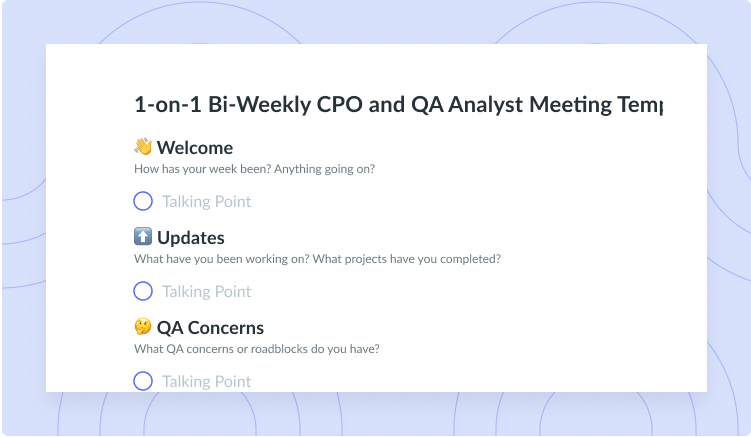Amy Sandler: The Radical Candor Approach
How to get out of your comfort zone, be more mindful in the workplace, and provide positive feedback in a way that resonates.
Amy Sandler is the Chief Content Officer and Coach at Radical Candor. As an executive coach, corporate mindfulness trainer, professional speaker, marketing professional, and fire walker, Amy has helped thousands on their journey to be more mindful in the workplace.
In this episode of the Supermanagers Podcast, Amy Sandler talks about the benefits of getting out of your comfort zone and practicing mindfulness in the workplace.
Listen to this episode (or read the transcript below) to learn about the importance of caring about the people you work with, while also being willing to challenge them directly.
1 You walked on fire 6 times; can you tell us about that?
I have walked on fire 6 times, but I want to back things up by saying that I have been practicing meditation for 25 years. My practice really took off when I started practicing active breath-work meditation through my teacher, David Elliot. Every year, David has a retreat in which a fire walk is part of the practice and I love it because it helps me get out of my comfort zone!
2 What is active breath-work meditation and how is it different from other types of meditation?
One thing I learned from David is that breath-work is a form of pranayama, which is a term for breathing meditation. This form of meditation requires you to do it while lying down. It’s important to breathe into the low belly, and the upper chest with an open mouth, followed by an exhale with an open mouth.
After a few minutes, your brain is confused because it’s being pumped with all this extra oxygen. As soon as your body starts to get into it, you get into a rhythm and it becomes easier.
I find this specific practice to be really helpful for those that have really active minds. It can really be broken down into two parts. The first part is an active state, and at the end it’s more natural because you’re lying down and allowing the process to wash through your body.
3 Has there been a manager that has had a profound impact on you?
I have so much respect for my current manager, and our CEO Jason Rosoff and I actually have a really recent example that might be interesting for you.
Lately, we’ve been really busy with workshops, we normally have a weekly one-on-one meeting but we weren’t able to and I received a message from Jason saying, “I’d like to make sure that we meet this week, I have some thoughts”.
Immediately, my mind went to the worst-case scenario.
After meeting with Jason, it turns out that he was just wanting to check in on a project that I was leading. He wanted to hear my thoughts and learn how he could better support me in my role. It ended up being an amazing conversation.
Luckily, I have an amazing relationship with Jason, I was able to tell him that I appreciated his support, but to please never write “I have some thoughts”, when booking a meeting.
It was a really funny scenario because Jason was very intentional about what he said. He told me that he spent quite some time trying to find the perfect words to say.
Luckily, we were able to have an open conversation about it, so Jason knows what works best for me.
4 How would you define radical candor?
Radical Candor can simply be defined as caring about the people you work with, while also being willing to challenge them directly.
Another way we like to think about it is being kind and clear, and when it comes to praise, being specific and sincere.
The author of the book Kim also created a framework that is really helpful because it shows us the mistakes that we make. We actually have an exercise in workshops where we have people go through the quadrants.
5 What category would you say most people normally fall in before reading Radical Candor or attending your workshops?
The vast majority of the mistakes we see are in ruinous empathy. But again, you can sort of go through all the quadrants in one conversation.
One thing to note is that Radical Candor is not just criticism, it’s just as much or more about praise. We want people to know what good looks like just as much as the mistakes they make.
Manager TL;DR Newsletter 📩
Get management tips, interviews, and best practices directly into your inbox – and become a better leader.
6 You mentioned is the SCARF model. The S stands for status, what do the other letters stand for?
The scarf model involves five domains including status, certainty, autonomy, readiness, and fairness.
I love these sorts of models because they not only help us understand our own brains, but they also help us understand the people we work with and why certain things may appear as a threat.
7 What can leaders do to cultivate a beginner’s mind?
One of my favorite quotes from Zen Buddhism is:
“In the beginner’s mind, there are many possibilities, but in the expert’s mind, there are few”.
It’s so important because it’s the beginner’s mind that enables it. Even Jeff Bezos says that you need to have a beginner’s mind to innovate.
There’s this sense of curiosity, and I think especially when it comes to feedback, it’s really important to be curious and to have a growth mindset.
8 You often say that listening is the most important ingredient in giving feedback.
It is! There was actually a study out of the Harvard Business review that showed that the more people felt their managers listened to them, the better they felt.
This is a good time to mention that we like to use the word guidance instead of feedback. Feedback is in the vernacular, so we’ll use it but guidance is a kind of thought partner that suggests we’re in this together.
It’s important to really listen, be curious, and notice what may be an unmet need.
9 On the topic of listening, are there practices besides meditation that leaders can do to become more mindful in their day-to-day life?
Absolutely! There are so many practices and micro practices that we can incorporate in our day. Even if it’s just being more mindful of your first cup of coffee in the morning. You’re holding it, but are you feeling it in your hand? Are you feeling the warmth, smelling it, connecting to the different sensations?
The practice of listening can also be really powerful. You can do this by having a few prompts. Things like “I’m struggling with”, or “I’m excited about”. You can then give the gift of giving your full attention for two or two and half minutes. Not only are you giving the person the gift of your full attention, but you are starting to notice your own tendencies in the conversation. When do you want to jump in?
You can even practice with someone. Just say “hey, let’s practice mindful listening” and practice with a few prompts each. You might really surprise yourself and realize that it’s hard to keep your mouth shut for two minutes which is a great takeaway!
10 Something I was also really interested in talking about was stand-up comedy. I know you’ve tried it and I’m curious to know how it was, did the crowd love you?
They loved me; I’ve never been better! …I don’t actually know if they loved me, but I will say that I gave it a go.
One of the reasons why I did it, that I didn’t realize at the time was because my teacher said something really powerful. It still rings true to this day, especially with feedback. They said that you need to be really comfortable with yourself and how people might see you.
Knowing how an audience is absorbing, and observing you, and how to meet that and communicate in a way that’s effective and will resonate based on who they are is powerful.
“Feedback is measured not at the speakers’ mouth, but at the listener’s ear.”
11 Any final resources, tips, or words of wisdom for managers and leaders who are looking to get better at their craft?
It’s really about a behavioural change and the most important thing is to practice. If you have to have a tough conversation with a peer, someone you work with, or even someone at home, just practice it.
We have lots of great tips that can be accessed for free on the website, www.radicalcandor.com.
Finally, I encourage you to find a friend or two and just practice. Kim likes to say that we want to avoid a root canal, so practicing becomes like brushing and flossing.

Free download
The art of one-on-one meeting
The definitive guide to the most misunderstood and yet powerful tool for managers. With a foreword by Lara Hogan, author of Resilient Management.
Download now


![Productive OKR Weekly Check-ins [+ FREE Template]](https://fellow.app/wp-content/uploads/2022/05/OKR-Weekly-Check-in.jpg)





